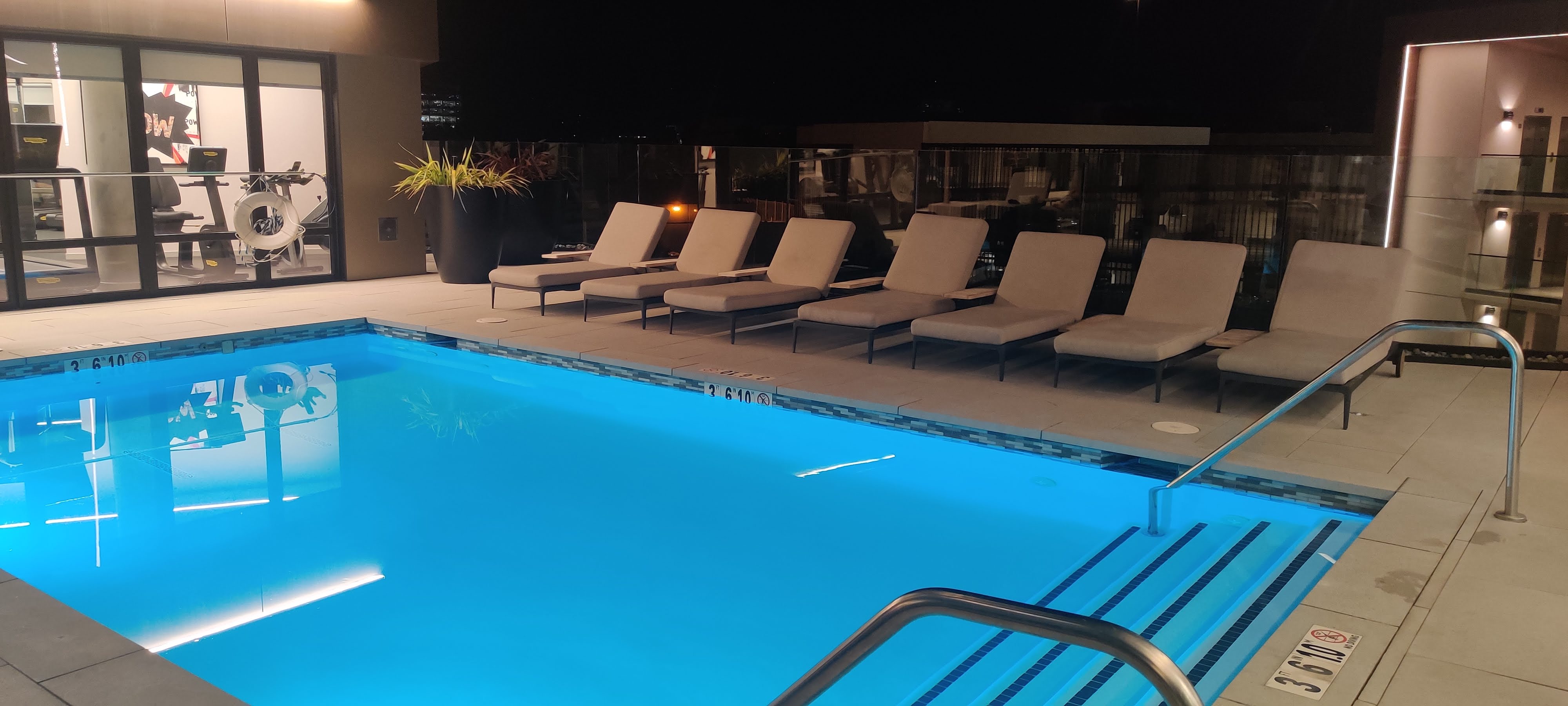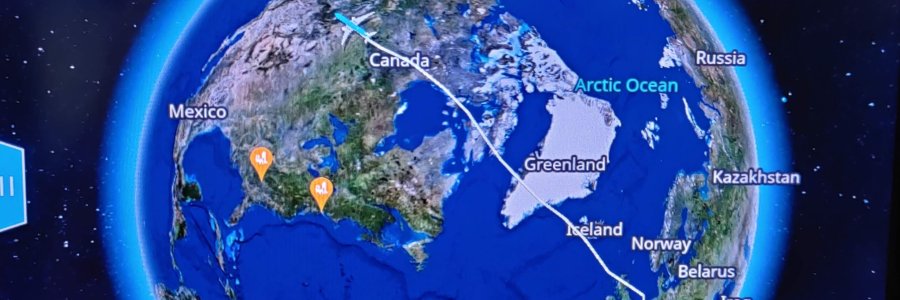Earlier this year, I wrote a proposal to create our own Marketplace Database. Little did I know that this small act would result in a visit to Silicon Valley, which had been my dream since my early days. Mautic was selected as an OSS project to participate in the Google Summer of Code 2024, and my proposal turned out to be a great project for this program.
GSoC celebrated its 20th anniversary this year. I remember considering joining the program when I was a student, though I don’t recall why I didn’t pursue it. Anyway, this year I had the honor of mentoring two amazing students:
- Ketu Patel (Kgitman): Expand the Mautic Marketplace: Ratings, reviews, and UX improvements
- Priyanshi Gaur: End-to-End test suite for Mautic
Both students successfully completed their projects. Priyanshi's E2E tests are now running in the CI and testing the LeadBundle. It can now be extended by the community to cover the rest of the features. Ketu's project isn’t in production yet, but the PoC (Proof of Concept) is working. It just needs some final touches and a release.
The most amazing thing is that both students are still active in the community. At the summit, I learned that this isn’t unusual. Some OSS projects that have participated in GSoC for several years even have the majority of active contributors from GSoC alumni.
The Summit
The summit started on Friday evening and ended on Sunday at 4 pm. At first, the more mentors I spoke to, the more intimidated I felt. Many had PhDs or were working on very low level projects like operating systems, video conversions, or radio wave signals.
The summit was held in an "unconference" style, meaning anyone could propose a topic for discussion at a specific time and location. Those interested could join and discuss the topic. I was skeptical at first, but it turned out to be an amazing way to crowdsource knowledge. No one told you how to do things; everyone shared how they did them, what worked, and what didn’t.
As the summit progressed and I spoke to more mentors and learned about other OSS projects, I realized how similar the problems were. Every OSS project had issues with funding and bureaucracy—whether it was software for research or tools being used by multi-billion-dollar companies. Every project struggles to attract active contributors, the same challenges we face in Mautic.
By the end of the summit, I was amazed by how lucky I was to spend time among such smart, talented, passionate, and driven individuals. I learned so much from them, and I can only hope this group of ~250 people will continue contributing to OSS despite all the challenges and keep making the world a better place.
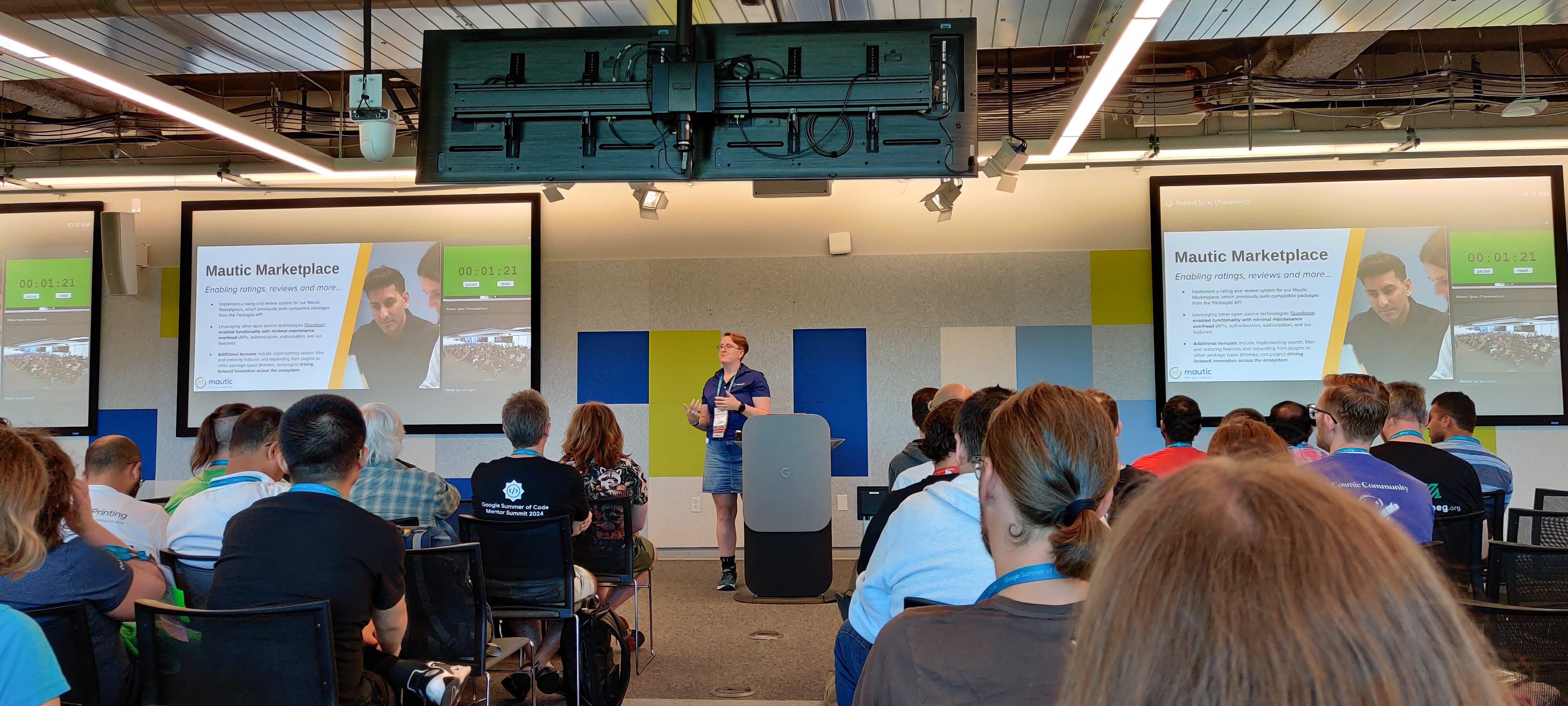
Silicon Valley
I had one day to explore before the summit. I decided to visit Apple Park since I would be spending the conference at the Google offices. I was surprised to find that the public transport wasn’t bad.
Public Transport Tips
- Get a card (or a phone app if you have US roaming) and pre-load it with some funds. For the train, tap the reader at the stop when boarding. It will charge you the maximum fare. When exiting, tap the card again, and it will calculate the correct fare, refunding the difference if your ride was shorter.
- For buses, tap the reader behind the front door. You can ride for two hours. If you switch buses within the two hours, you may need to explain that you tapped in on the previous bus.
- If a bus arrives, be prepared to jump in quickly. It might leave fast, and you could end up waiting another 20 minutes for the next one.
- To get off a bus, pull the cord above the windows.
- To exit a tram, touch the weird vertical bar that looks nothing like a button.
- Or just rent a car, and you’ll save a lot of time.
- You could also rent a bike. Bike trails seem to be everywhere, especially around the big tech offices.
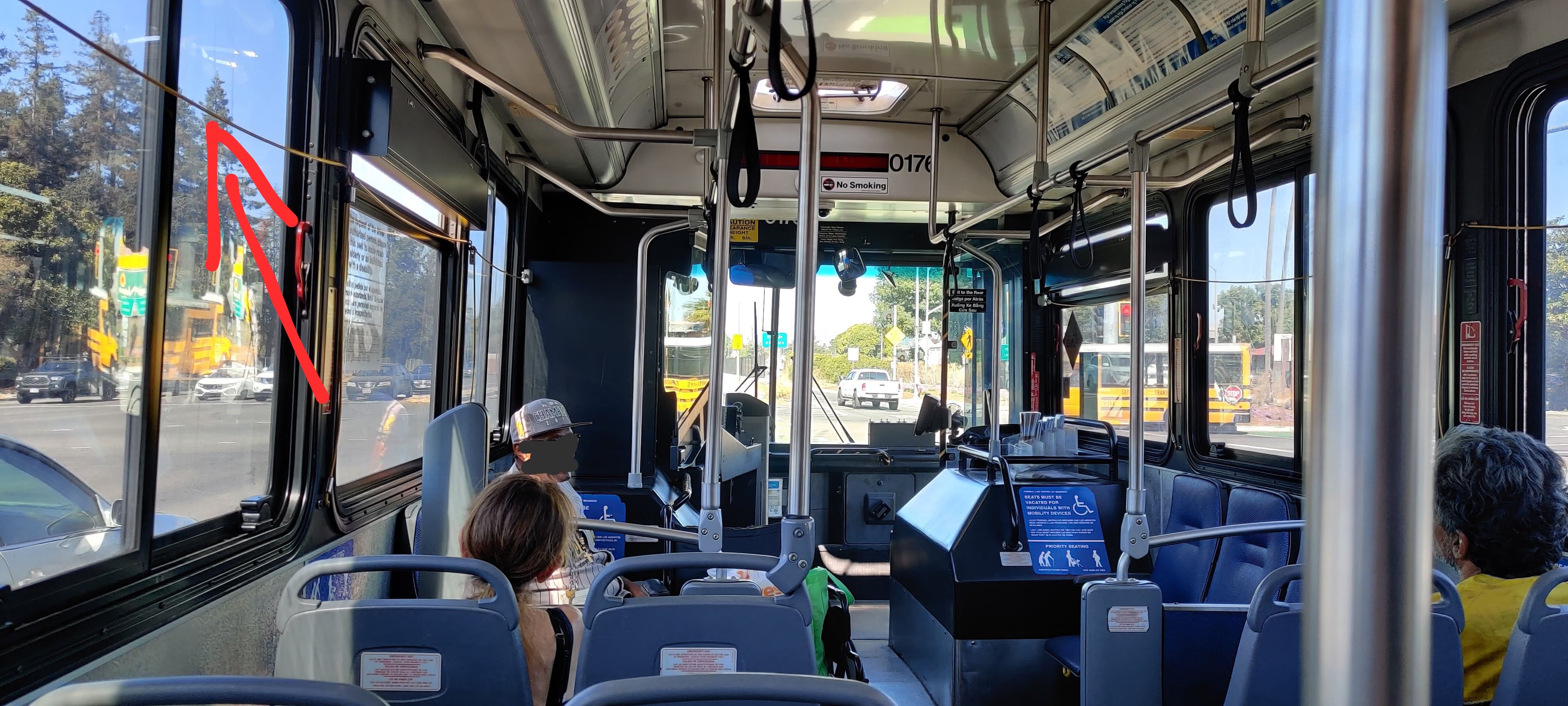
The Cars
Quick note for electric car enthusiasts: at times, it feels like 50% of all cars on the road are Teslas. It’s probably less, but I couldn’t find any up-to-date stats on this topic online. I also saw my first Cybertruck and Rivian with my own eyes!
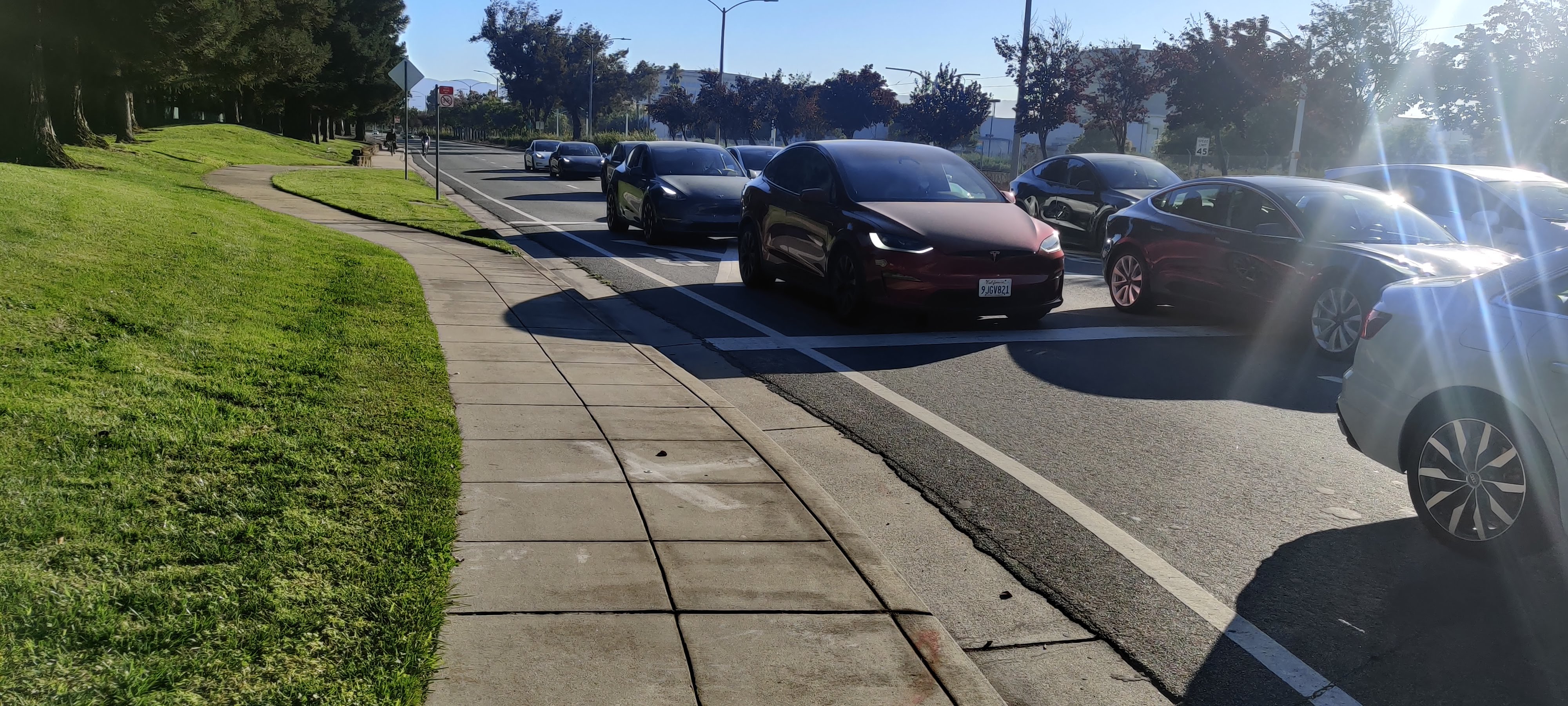
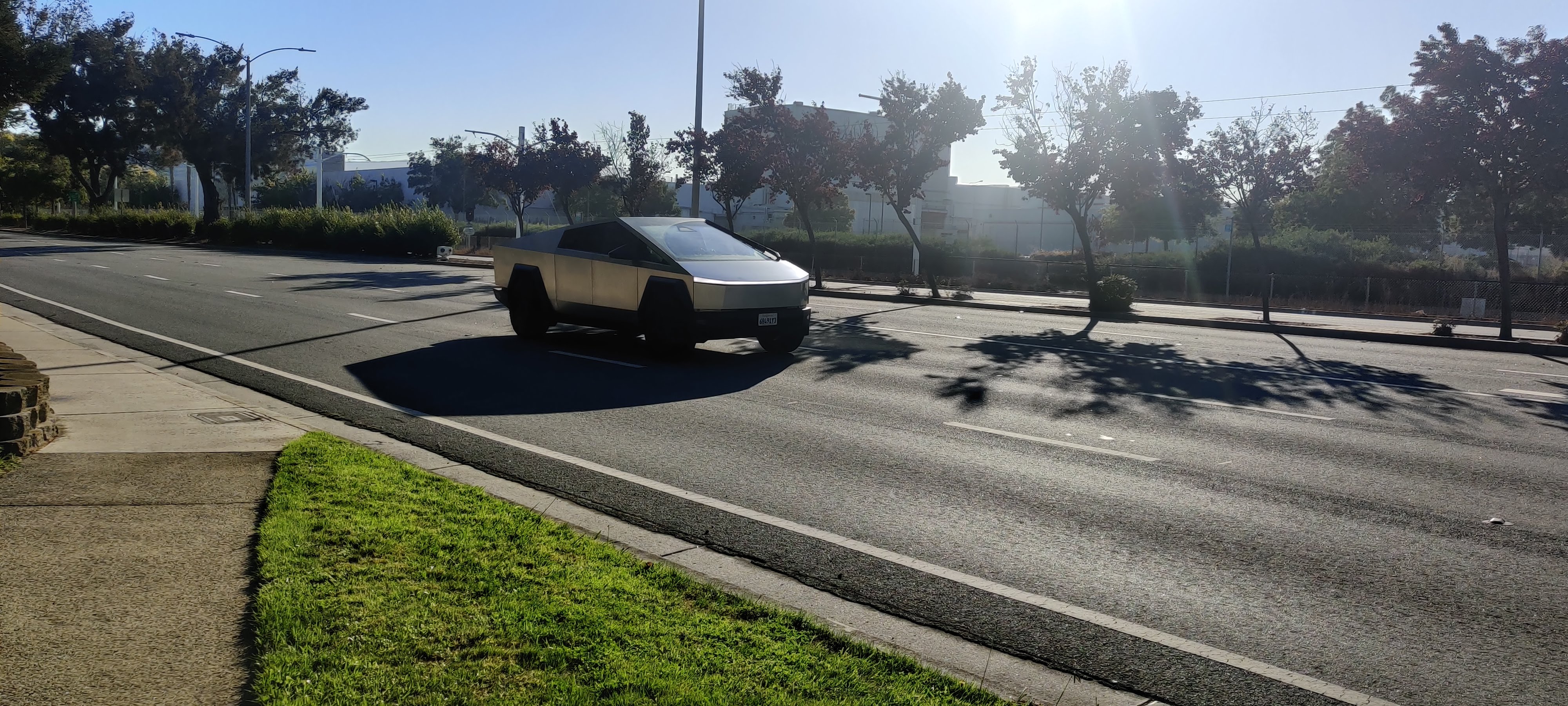
The Apple Park
The Apple Park—the ring-shaped building—is not open to the public. However, there is a nice visitors’ center with a model of the ring building, an Apple Store, and a café. The architecture of the visitor center is stunning in itself. There were presentations of the Apple Vision Pro happening, and there were four headsets available for people to try, but I didn’t want to wait in line for the experience.
I was curious about how Apple designed the restrooms, and I was surprised to find myself confused about which one to use, as there were two. Amusingly, there was a dedicated security guard directing people to the correct restrooms. They could have just removed the sign from the employee restrooms, but I guess paying a security guard is also a solution.
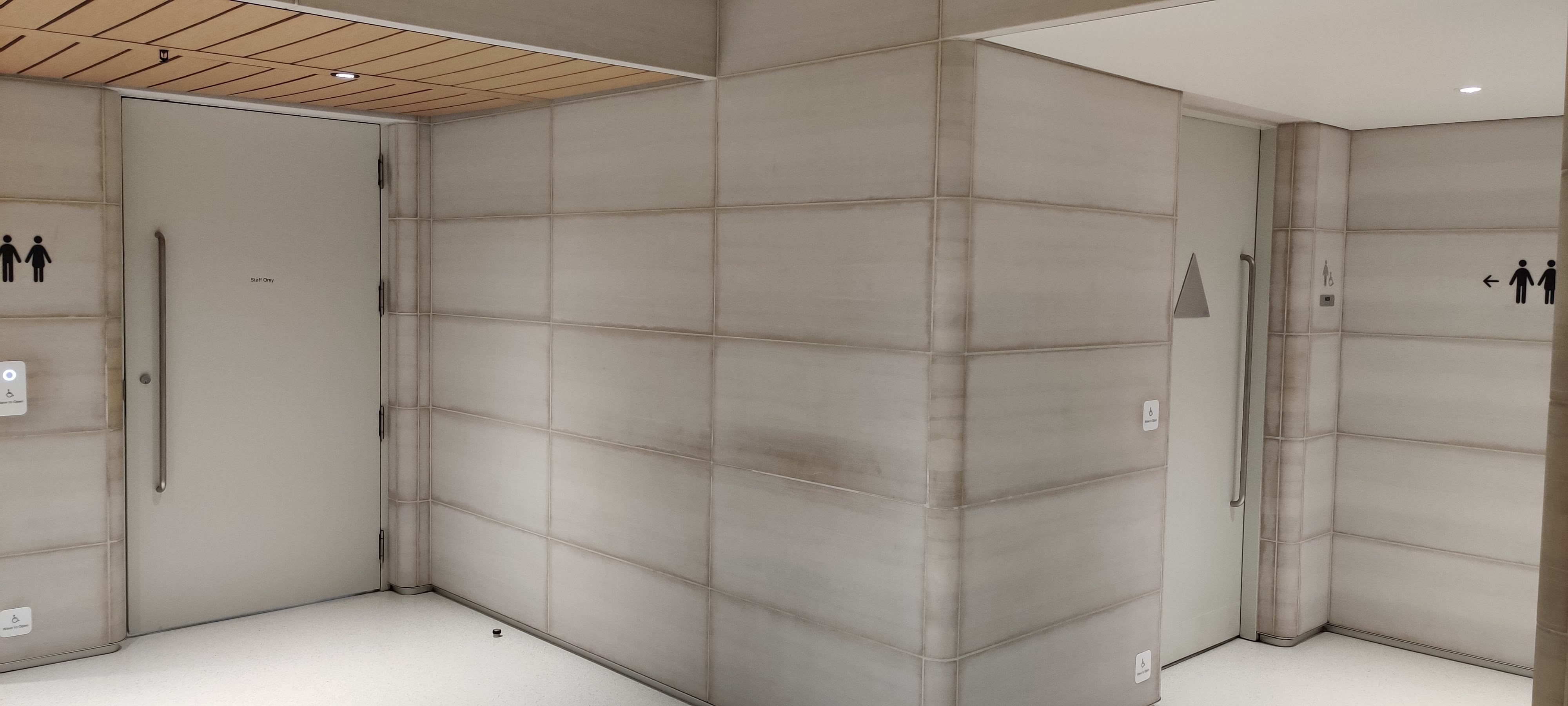
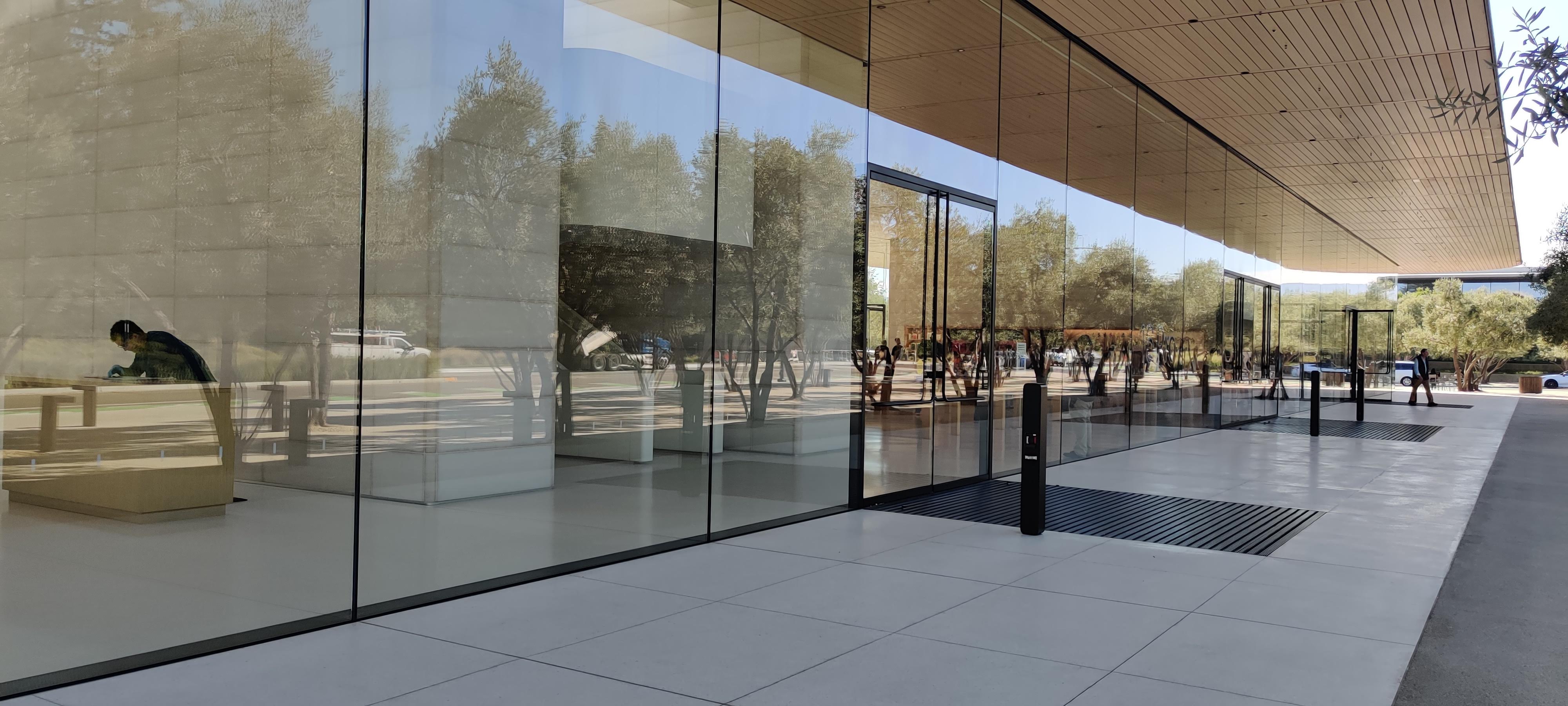
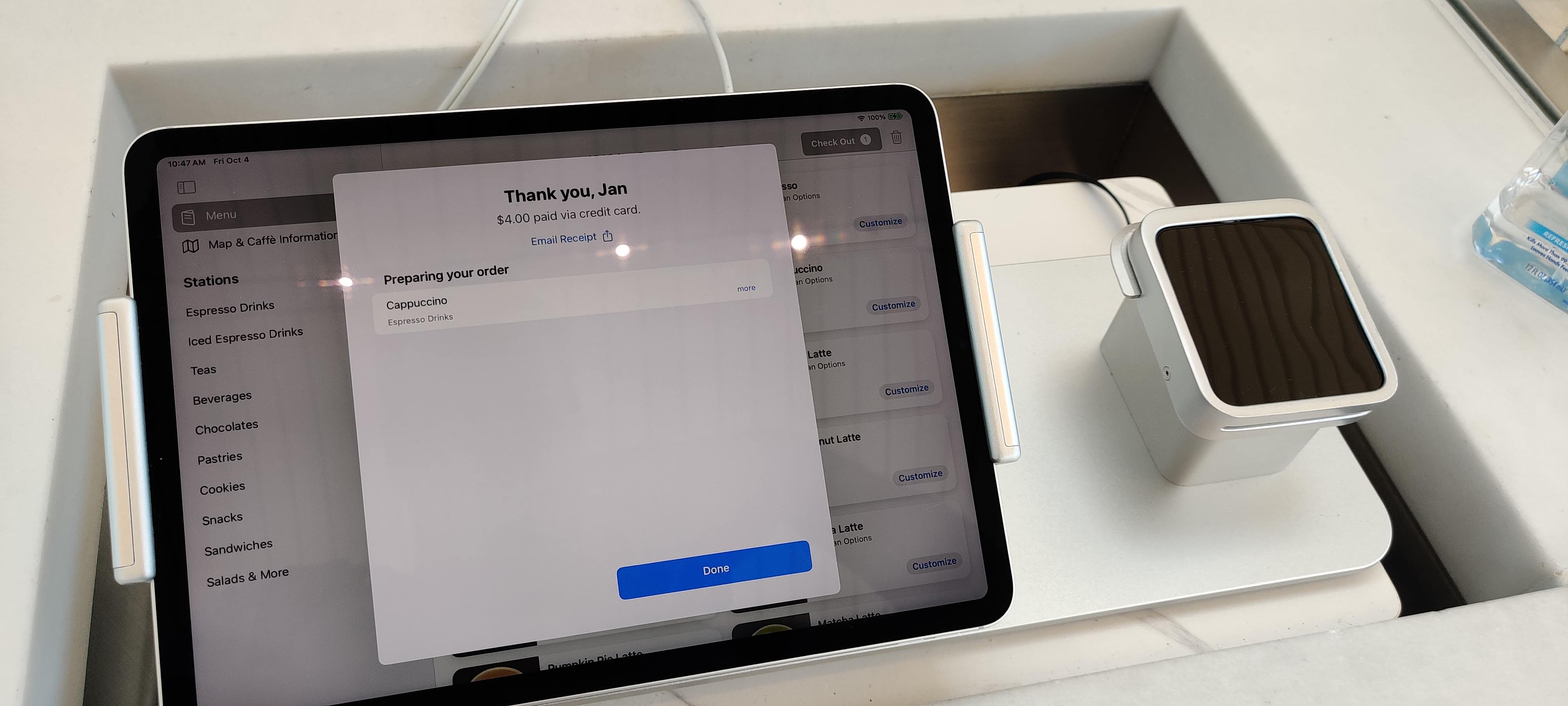
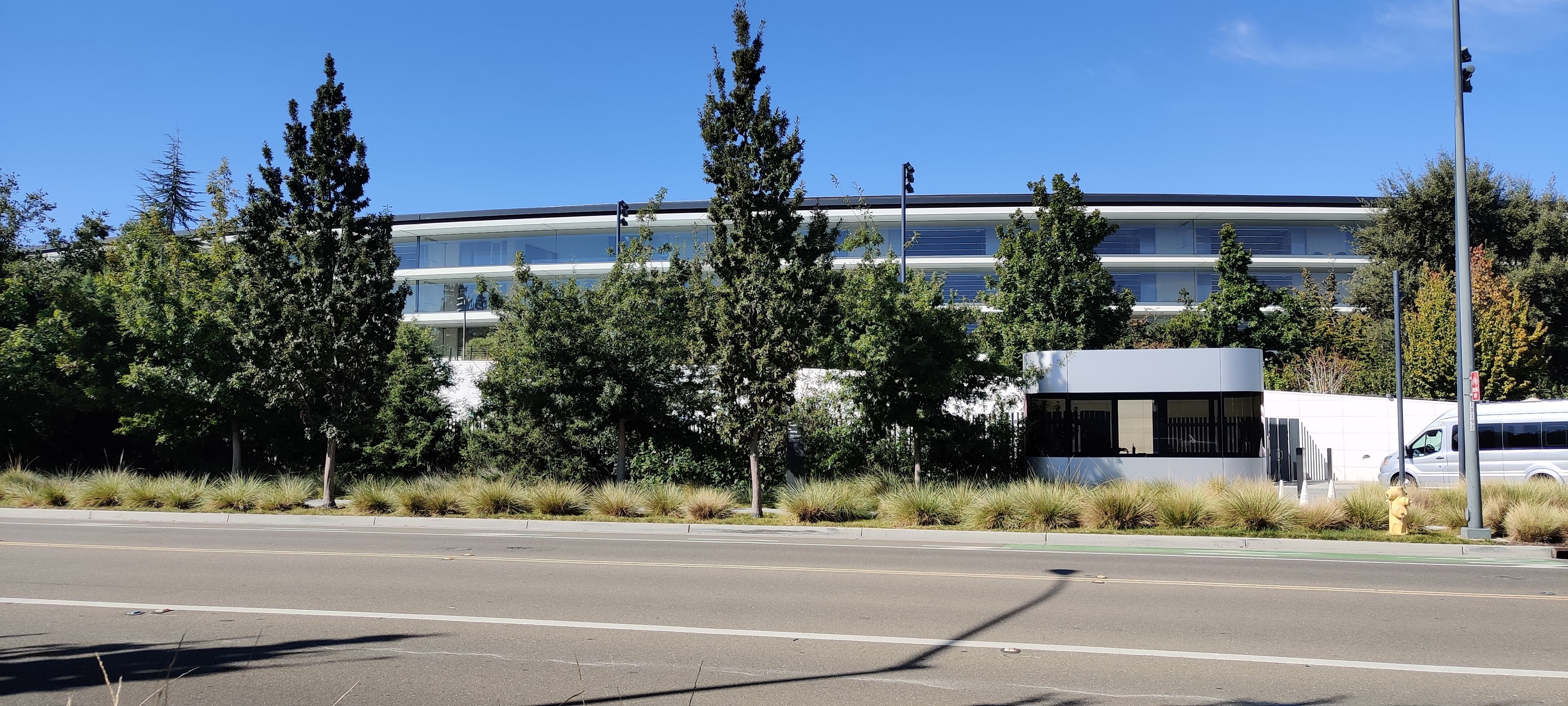
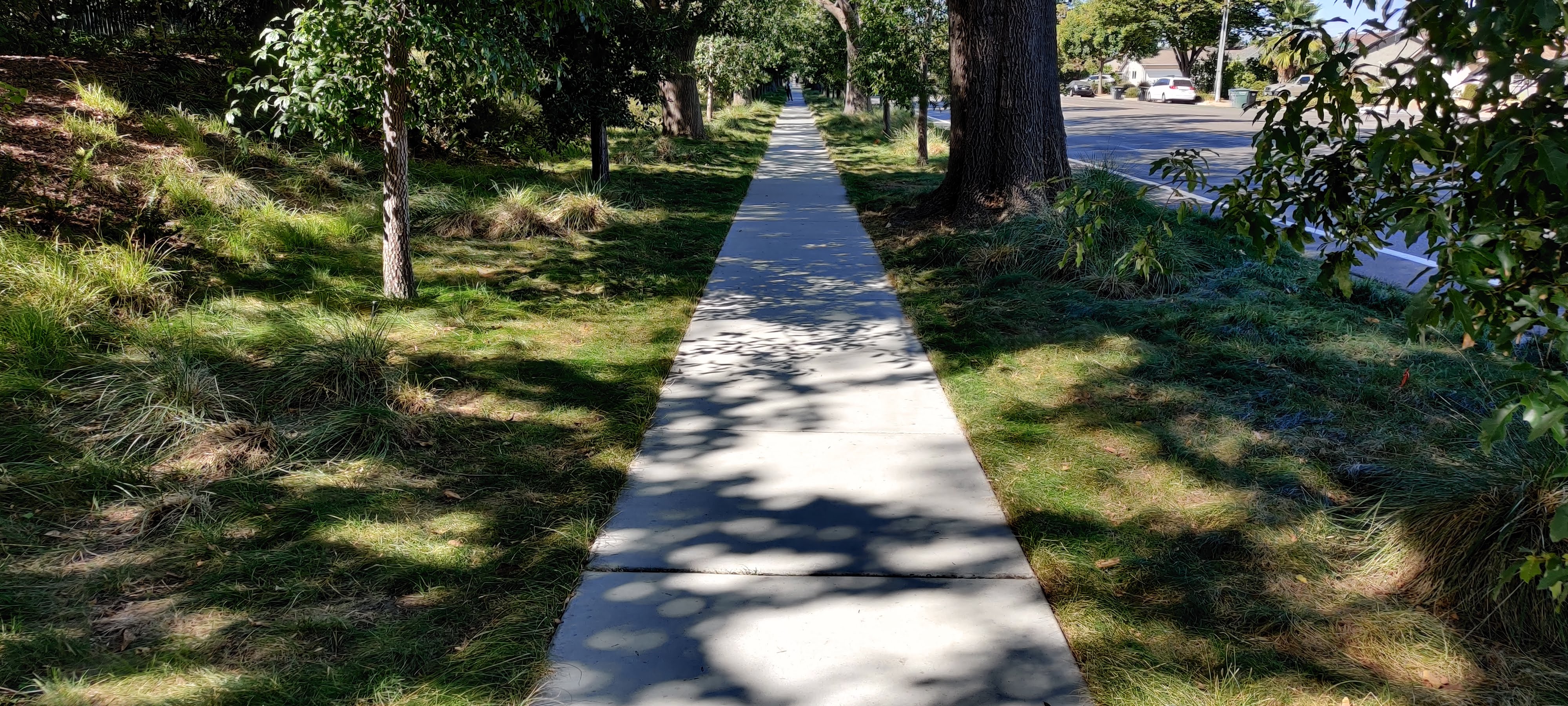
Thank You, Google!
None of this would have been possible without Google, which has been organizing and funding GSoC for 20 years. Google covers the cost of flying one or two mentors from each OSS organization to the summit, including two nights in a comfortable hotel and delicious food. GSoC is not only changing the lives of students but also of mentors.
